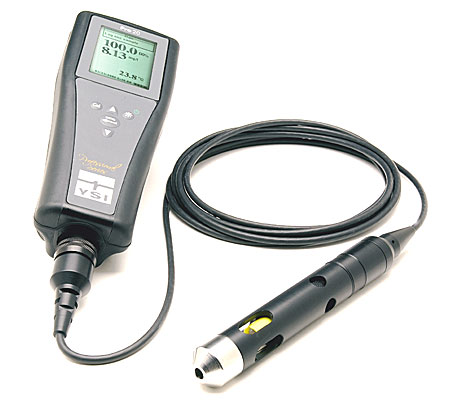When it comes to pond management, water quality is the single most important thing to keep a good handle on. Too many or not enough nutrients can lead to weed growth. Excess nutrients from livestock or other sources can run off into a pond and lead to weed problems, especially filamentous algae, commonly called moss by most pond owners. Duckweed and watermeal, also thrive in nutrient-rich waters. This is especially evident in dry winters when ponds are not flushed out by rainwater. Ideally, ponds should be fenced to exclude cattle and livestock. Cattle and livestock can be watered from a stock tank below the pond.
In ponds without a bloom, sunlight can penetrate to the pond bottom and stimulate the growth of rooted plants. One way to prevent this problem is by fertilizing the water to stimulate the production of microscopic plants that shade the pond bottom. Not all ponds benefit from added fertilizer, and ponds on fertile watersheds will develop “blooms” without added nutrients.
Fertilization also benefits the fish population in sportfish ponds by increasing the amount of foods available to fish (through the food chain). Fertilize the ponds in the late spring after water temperatures exceed 65ºF. Once a fertilization program is started, it should be continued throughout the summer months, as outlined in the section on fertilization. Ponds with existing weed problems should not be fertilized, as this will only stimulate the growth of the weeds.
Fertilization is not a good option for the management of stock watering ponds. Dense algae blooms may develop during the summer months, making it look like blue-green paint has been poured on the surface, and although very rare, there have been reports of cattle lost to algal toxins.
